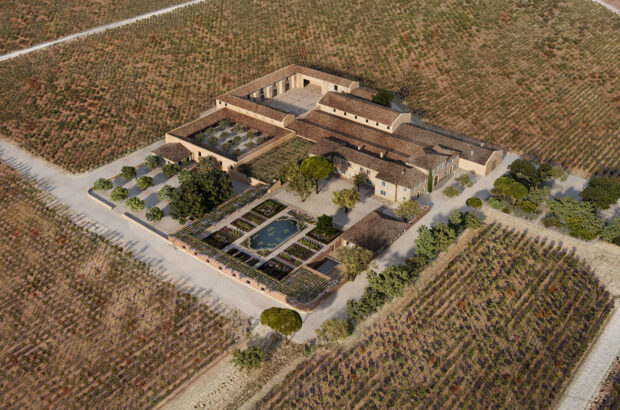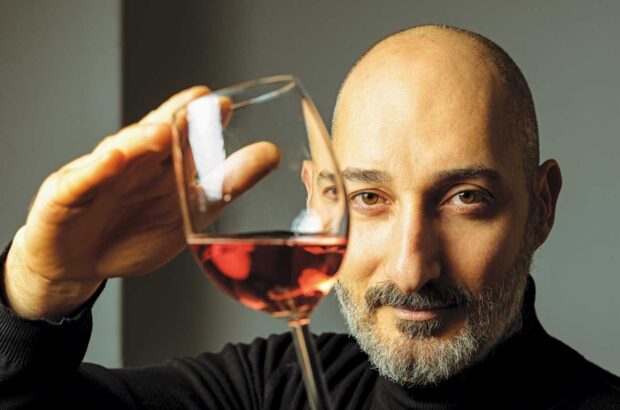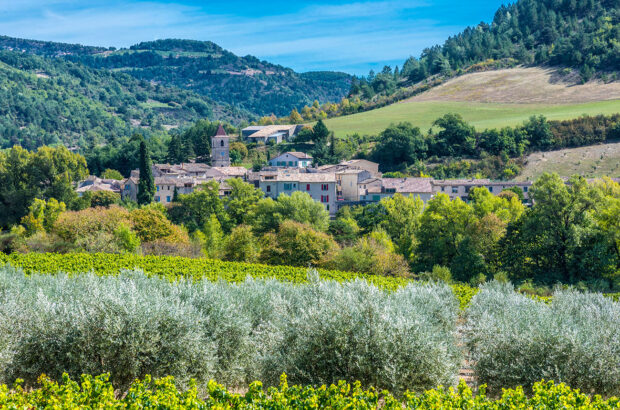‘The Bordeaux 2019 harvest has been excellent so far, but the rest of the conditions are terrible,’ says Florence Cathiard, of Château Smith Haut Lafitte in Pessac-Léognan. It seems likely that she speaks for most of Bordeaux, and possibly the wider world of wine, with those words.
The global backdrop to the Bordeaux 2019 harvest
Harvest is being carried out against a backdrop of Trump’s 25% tariffs hitting many European wines under 14% alcohol, the continued black hole that is Brexit and the Hong Kong protests, which have seen the city’s annual Wine & Dine festival cancelled and its wine imports suffer a 26% drop in value in the first six months of 2019 alone, according to HK government figures.
And in stark contrast to the 2008 financial crisis, the mainland Chinese market is no longer hoovering up any extra supply that Bordeaux might find on its hands.
A deeper look at Hong Kong’s figures give you a clue to just how serious a change we are looking at it in China.
Around 90% of wine that is re-exported out of Hong Kong goes to mainland China, but this category that saw a 64% drop in value in the first six months of the year, show HK government figures.
And across all of 2018, China’s imports of Bordeaux wine, from France, saw a drop of 31.02% in volume and 21.64% in value versus 2017, according to a recent report citing data from the Business France agency.
With all of that to contend with, Bordeaux had better hope its 2019 wines are seriously brilliant to be able to make any headway on the market. So, now that the grapes are 95% in the cellars, how are things looking?
A year of contrasts
I would say that there is cautious optimism for the Bordeaux 2019 vintage right now, but it has been a year of contrasts.
Key points include:
- The growing season has seen temperatures that have been 1.5°C above the average of the past 30 years, with 21% less rain than average.
- There were episodes of both frost and hail, but nothing like as widespread as in recent years.
- There was no mildew pressure, like in 2018, but the threat of rain has disrupted harvest schedules.
And as ever, although hot and dry conditions are promising, a more varied picture emerges when you look more closely at what happened.
Rain was heaviest during the flowering period, so there has been some poor fruit set and generally uneven bunches, meaning that careful green work was needed in the vineyards to avoid uneven ripening.
The summer months saw several heatwaves, with the highest temperatures recorded in Mérignac on 23 July, when things climbed up to 41.1°C.
Colour change happened under drought conditions, which meant veraison was spread out over a number of weeks. Data from the Bordeaux Raisins website shows colour change across the region going right through to the very end of August.
Things stayed dry through to mid-September, but the last few weeks have seen intermittent rainfall, which is never easy to manage during harvest and increases the threat of rot.
Overall volume is likely to come in at around five million hectolitres, according to consultant Pascal Hénot, director of Enosens in Coutras.
If correct, that’s not so dissimilar to the 2018 vintage, equivalent to around 660 million bottles and pretty much in-line with the 10-year average. For comparison, 2017 produced the equivalent of 350 million bottles, and 2016 close to 580 million.
The 2019 growing season step-by-step
Looking more closely at the data, winter was warmer than average which meant an early bud burst, followed by a cold spell from mid-April through May, before heading back upwards in June and staying extremely hot through July.
Rainfall overall was 54% lower than the average from 1981-2000 and 21% lower than the average over the last 30 years.
The rain in April and June was not enough to recharge the water table, which meant that the heat of July caused a number of cases of vines shutting down, slowing progress to maturity – particularly on dry or well-drained soils. Sandy soils were a particular problem this year, for example.
Frost was recorded on both 13 April and 6 May, followed by hail on 19 June in Blaye, the Médoc and Fronsac, and again on 6 July in Entre-deux-Mers and St-Foy.
Flowering began at the end of May, reaching its peak on 4 June, with later flowering happening under rainy conditions – but not cold, and it is temperature that creates the most issues at this stage.
Veraison began on 6 August, helped by the small amounts of rain – around 25mm – that fell on 25 July.
This was three days later than the 30-year average and one week later than 2018. Many producers, though, will be thankful that there was no mildew or black rot on any serious scale this year, even with organic and biodynamic producers.
Thomas Duroux, at biodynamically-farmed Château Palmer, has said he is confident in both quality and volume after an extremely tough 2018 that saw a fraction of the usual crop.
Harvest dates
The whites came in at the end of August. Château Olivier was pretty much typical in Pessac-Léognan, harvesting from 29 August to 13 September, and nearby Château Brown from 5 September to the 13th, with potential alcohols around 13.5%abv.
Young Merlots in Pomerol were already underway by 9 September, with almost all in by the end of the month, while Pessac-Léognan and the Médoc saw the first Merlots picked a little later, closer to mid-September.
Almost all Cabernets across the region will be finished by the end of this week.
Antoine Médeville, of Oenoconseil consultancy, has recorded rains of between 15mm and 50mm over the last two weeks, which should be at low enough levels to help kick-start the final ripening process while avoiding diluted flavours.
Tasting Bordeaux 2019 tank samples
I’ve been tasting around the region, across Pomerol, Pessac, St-Emilion and the Médoc, and most of what I am seeing is high sugar content mixed with high acidities, lots of tannins and good deep colours.
I’ve also seen excellent aromatics, although not as seductively fruity as at this stage last year, with the benefit of slightly lower pH than in 2018.
This last point is certainly true of Pauillac and St-Estèphe, where estates saw grapes get extremely concentrated in the final week or so before picking in 2018 – sending alcohols extremely high.
The worry in 2019 in some places, though, may be that lower alcohols reflect blockages in the growing season over the summer.
Jean-Christophe Mau, at Château Brown, said that this affected both Cabernet Sauvignon and Petit Verdot. It was important that grapes had time to reach full phenolic ripeness.
And crossing the 14%abv threshold has potentially taken on special significance in wake of the new tariffs announced by the US government.
But Mau says this will not overly influence decisions at the winery.
‘The reality is that Bordeaux Left Bank wines are still routinely below that level, and we will still be looking for the natural balance of the vintage.’
So, there is cautious optimism for an excellent vintage with serious quality in the bottle. Promising, but I would think not quite enough to banish the worries of the wider economic clouds.
See also: Jane Anson’s verdict on Bordeaux 2018 wines







